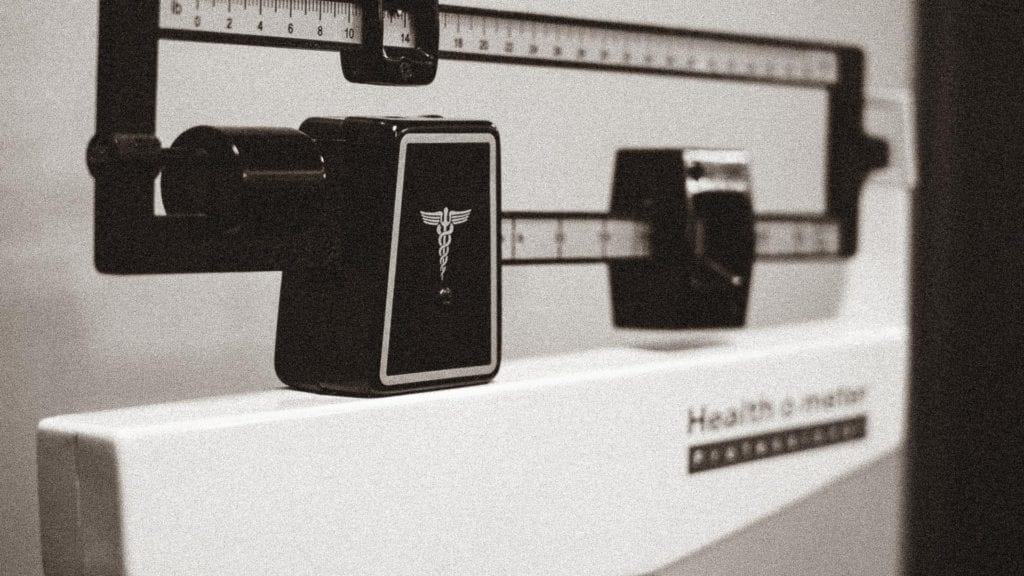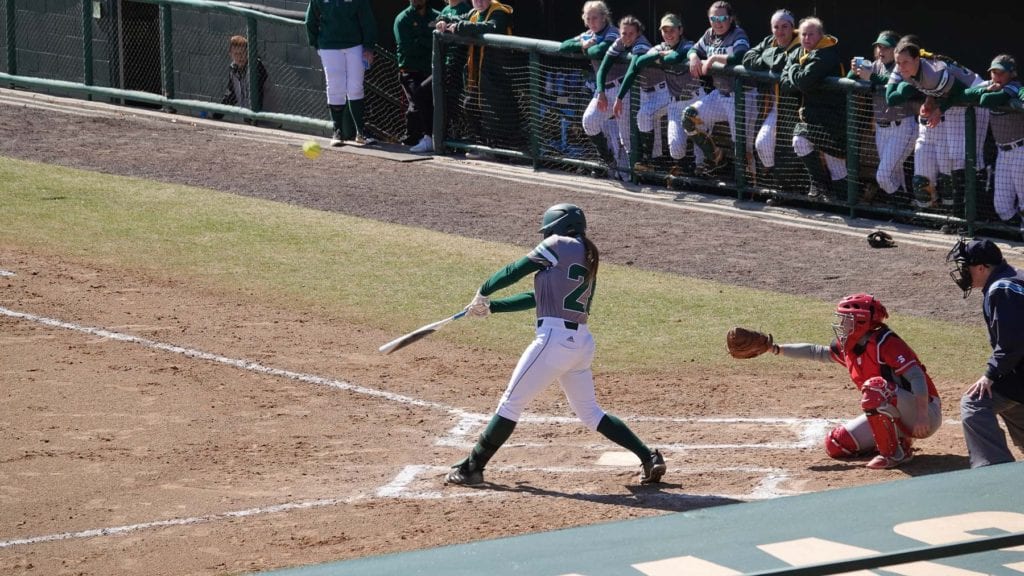*This article may contain product links which pay me a small commission if you make a purchase. Learn more.
There are two types of age to consider: biological or real age and developmental age; these two are very different.
Real age is exactly that—how old a player is by his or her birth certificate. Developmental age is more of a guess, an inexact measure of a player’s age equivalence.
The players who become early Division-I signees in every sport exhibit superior athleticism, sport-specific skill and, typically, developmental age than their peers.

Basically, these early signees are 16-year-old kids who have the size and strength of 18 and 19-year-olds.
Sport-specific skill exists independent of developmental age, though success does not. To say that one player is “better” than another is actually quite difficult, because of the blinders developmental age puts on observers. Let me explain.
You might have a 16-year-old who is the size and strength of the average 19-year-old. He plays on a team with another 16-year-old who is the size of the average 15-year-old. Developmentally, the difference is the same as comparing a college freshman with a high school freshman—a massive gap. This article on Manute Bol’s son – Bol Bol – is a great example; the kid is 6’10” as a high school basketball player.
Division-I signees in every sport exhibit superior athleticism, sport-specific skill and, typically, higher developmental age than their peers.
Yet, let’s assume that the 15-year-old in our scenario throws very hard for his relative size because he has a good genetics despite being small, and has maximized them with excellent throwing mechanics. He throws 80 miles per hour, which is excellent for his age and size.
Yet, the 19-year-old (in developmental age) throws 88 miles per hour which is in maybe the 98th percentile of biological 16-year-olds. But, his mechanics are sloppy and not nearly as refined as his smaller teammate’s.

Which player is better: the one who throws 80mph because of refined pitching mechanics, or the one who throws 88mph because he’s a physical monster compared to others in his biological age bracket?
It’s a hard question to answer.
From my perspective, the bigger, stronger player simply has a large head start, one that will vault him into Division-I baseball with relative ease compared to his peers. The other, smaller player will have to wait longer. But, because of good genetics and skills, he should catch up and perhaps pass the larger player when their developmental ages begin to converge.
I think the question we should ask is this:
if we could normalize the size of two athletes, who would then be better?
The developmental age gap begins to normalize in the second-half of high school and fully closes in the second-half of college, when puberty is over and growth plates begin closing. At that point, sports-specific skills come due, and the physical gifts a player has—though still important—plays less a role in his or her overall ability.
being left behind for now can often be a good thing in the long run…very determined kids tend to catch up with a vengeance.
All of us can imagine a very skilled 14-year-old golfer whose less-skilled father still out-drives him by 100 yards. Eventually, when the son is as big and strong as his dad, the superior skill he has will finally be revealed. The problem, though, is that scouts and college recruiting coaches don’t care about developmental age vs biological age. A higher developmental age that projects a player above his or her peers is a massive genetic lottery win, plain and simple. It will even out at some point, provided other players get chances to catch up…which, unfortunately, many will not.
But, High Developmental Age = Success
The sad thing is, players don’t get any credit for being highly skilled but undersized–the hope is just that coach sticks by them and keeps them around until the growth spurt comes.

Players do need power that’s in line or greater than those in their age bracket. Having a perfect baseball swing doesn’t do much for a player if he doesn’t have the power to hit it out of the infield.
A player must get one of those roster spots to stay in the hunt, and often more size + less skill beats outs more skill plus inferior size.
So, though it’s not fair (because life in general isn’t fair), having the highest possible developmental age is what a player wants. Though beyond anyone’s control, being bigger, stronger and faster relative to his or her peers will yield a big payoff at major recruiting junction points, though it doesn’t necessarily mean the player’s skill is superior.
The Roster Spot and Scholarship Well Runs Dry
In the college recruiting process, scholarship money runs dry rather quickly. Prior to that, teams can only carry a finite amount of players per team. A player must get one of those roster spots to stay in the hunt, and often more size + less skill beats outs more skill plus inferior size.
Sorry, kids.
If a school has five scholarships for the 2050 recruiting class, and they give all of that money out to sophomores, the following year when the 2050 class of players become juniors, there will be nothing left for those who bloom in their junior year.
Though I explained a moment ago that sport-specific skill normalizes when athletes stop growing, it unfortunately can be too late for some. Just like a racing video game, if you don’t make it to the next checkpoint before time runs out…it’s game over.
The players who developed into the big, strong players the college was looking for simply got to the cookie jar first, leaving nothing left for those who were just a bit later to arrive.
Takeaways & What to Do
There’s not always a lot to do – sometimes it’s merely a waiting game, hoping the next growth spurt comes soon.

Strength training and eating a huge amount of calories can maximize a player’s frame, but it won’t cause a growth spurt, and growth spurts are really the name of the game.
Sure, a devoted winter can get a 110lb kid to transform into a 120lb kid, but a 130lb kid who hits a growth spurt AND lifts weights suddenly shows up next year 165lbs. Riding the growth spurt wave is key, but it is, of course, not within one’s power.
The big thing to do is keep on keepin’ on. Do the best you can to build skills in your sport and control what is controllable, knowing that life isn’t fair, developmental age is a lottery, and being left behind for now can often be a good thing in the long run…very determined kids tend to catch up with a vengeance.
